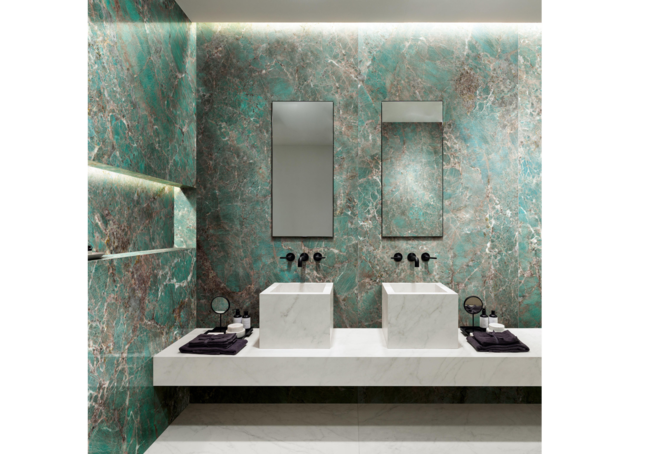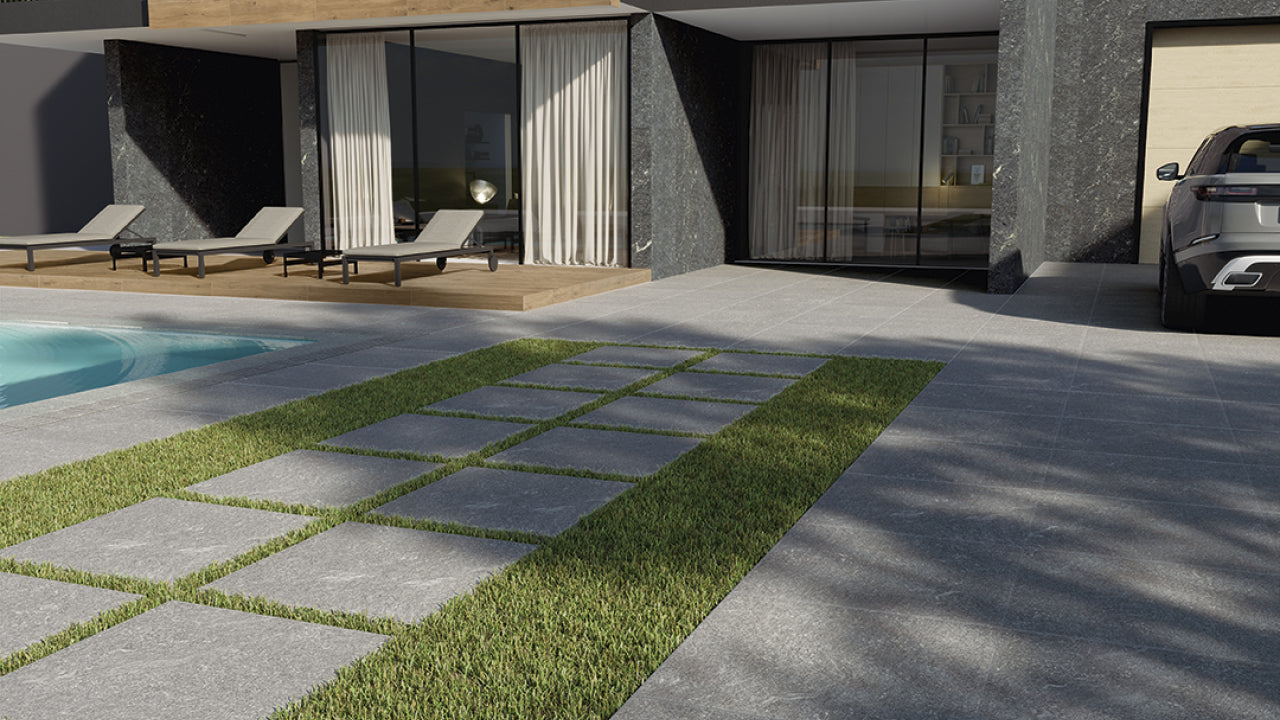Vinyl flooring has become one of the most popular options for interior design and home renovation projects thanks to its versatility, affordability and the variety of designs offered.
These floors are not only affordable, but also durable and easy to maintain. This way, they can attract many more people.
What are vinyl floors?
These floors are made of synthetic coverings, which seek to imitate the appearance of natural materials such as wood or stone. In this way, they seek to offer a durable and economical alternative.

There are different types of vinyl flooring on the market. Among them are:
- Vinyl flooring in roll form: This is a type of flooring made from PVC and can be obtained in rolls measuring 2 metres or 4 metres wide.
- PVC vinyl flooring: this version is made of PVC, but in the form of planks or squares of different sizes. Therefore, it is possible to see the joints between the planks.
- LVT vinyl flooring : Luxury Vinyl Tile. This is the type of vinyl flooring with more presence and better finishes than simple PVC. It can be differentiated by the fiberglass layer that provides more stability and prevents temperature changes from causing the floor to expand or contract, affecting its appearance.
- WPC+LVT Vinyl Flooring: Wood Plastic Composite + Luxury Vinyl Tile. has been manufactured using a composite of bamboo wood and PVC mixed in the base body and a layer of LVT on the top layer. For a rigid appearance, it is very water resistant and allows for quick assembly, using an ingenious system that eliminates the need to use glue, which can be placed and removed several times.
- SPC Vinyl Flooring. Stone Powder Composite: This is a floor made from limestone powder, polyvinyl chloride (PVC) and chemical stabilizers. It has a click-together system that allows for easy installation without the use of adhesives.

Composition and manufacturing:
Vinyl floors are made up of several layers that contribute to their durability and aesthetics:
- Wear Layer: This is the top layer that is responsible for protecting the rest of the structure from wear and scratches. It can also provide certain qualities, such as water resistance among other details, depending on the material used for its creation.
- Design Layer: In this part, the high-quality printing that will imitate the appearance of natural materials is presented.
- Core Layer: This layer provides stability and support for the product.
- Backing Layer: This is where additional supports can be added to make the installation of the product easier.

Benefits of vinyl flooring
Vinyl flooring can provide a number of benefits, which we will discuss in detail below.
- Durability and resistance: These floors are known for their great resistance to wear, moisture and scratches. This makes them an ideal choice for high-traffic areas, such as kitchens and bathrooms.
- Easy maintenance: its simple maintenance makes a big difference compared to other types of floors, vinyl floors are much easier to clean and maintain. Just sweeping regularly and mopping occasionally with mild, low-abrasion cleaning products is enough to keep them in good condition.
- Variety of designs and styles: Thanks to advanced printing technology, we can integrate a wide range of designs into vinyl floors. From wood imitations to modern and bold patterns.

Vinyl flooring vs. other types of flooring
It is important to know the advantages that vinyl floors have over other types of floors:
Comparison with wooden floors:
- Advantages: They are cheaper and more resistant to moisture or difference from wooden floors.
- Disadvantages: Unfortunately, they cannot offer the same warmth and originality that natural wood provides.
Comparison with ceramic floors:
- Advantages: They are more comfortable to walk on and are easier to install than ceramic tiles, and are even cheaper to install.
- Disadvantages: Ceramic floors have greater resistance to heat and strong impacts.
Comparison with laminate flooring:
- Advantages: They have greater resistance to water and daily wear.
- Disadvantages: Laminate flooring can provide a much more realistic wood look at a similar cost.

Vinyl flooring installation
There are currently several installation methods for these floors, which we will explain below:
- Glued: Glue is used to adhere to the floor using a specialized adhesive for this task. In these cases, if you want to remove it, unfortunately it cannot be reused in another area, since it will suffer irreparable damage when removed.
- Floating: These are not fixed to the subfloor, but are assembled on a foam base which is in contact with the floor.
- Click System: This is the quickest and easiest way to install the sheets. The sheets fit together without the need for adhesive, using tabs that allow them to fit together. The great advantage of this type of installation compared to the others is that it can be reused up to a certain number of times.
Tips for a successful installation:
- Floor preparation: You must ensure that the floor where the installation will take place is clean, dry and level.
- Use of the right tools: All good work must always be done with the right tools. For this reason, you should use a roller to ensure good adhesion and avoid air bubbles that could damage the work.
- Hiring professionals: If you do not feel up to the task of installing it, it is best to consider hiring a professional installer to get a perfect job.

Frequently Asked Questions about Vinyl Flooring
Are vinyl floors suitable for all rooms?
Yes, vinyl flooring is suitable for all rooms, including bathrooms and kitchens, thanks to its resistance to moisture.
Can vinyl flooring be installed over existing floors?
Yes, they can be installed over most existing floors, as long as they are in good condition and level.
How long do vinyl floors last?
With proper care, vinyl floors can last between 10 and 20 years.
Are vinyl floors ecological?
Many manufacturers offer vinyl flooring options made from recycled materials and sustainable production processes. However, they cannot provide a 100% eco-friendly option, but they always strive to recycle as much as possible and thus reduce their ecological impact.
Conclusion
Vinyl flooring offers an unmatched combination of durability, style and affordability, making it an ideal choice for any home renovation project. With a wide variety of designs and styles, as well as easy maintenance, vinyl flooring can transform any space in a practical and affordable way.
At Interni , we have a wide variety of vinyl flooring options and other materials that will suit all your tastes and needs.
And if you need help or advice, we will be happy to accompany you and help you choose the most suitable apartment for your needs, without neglecting the style and treatment that characterizes us. Feel completely confident that our group of experts will be happy to help you every step of the way.
There is no better client than one who sees his tastes and goals satisfied. Feel free to contact us to clarify all your doubts, either remotely or in person, at any of our locations in Mexico.





